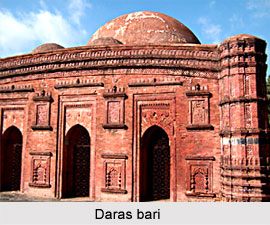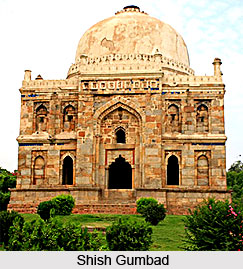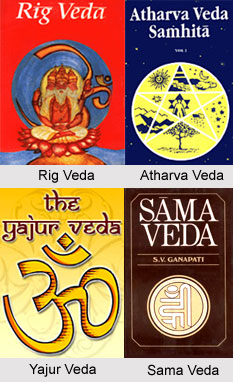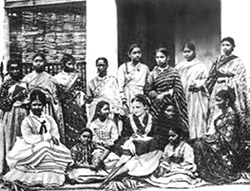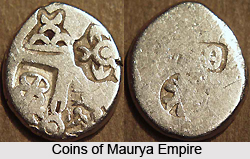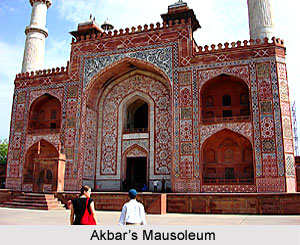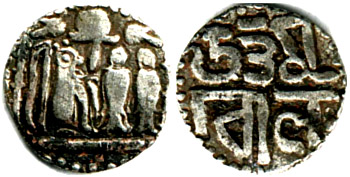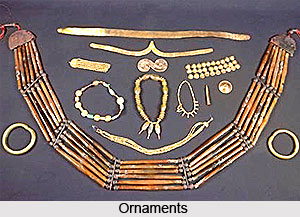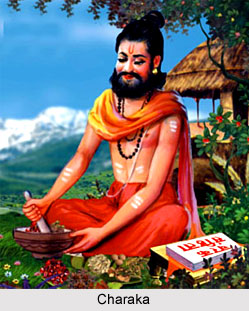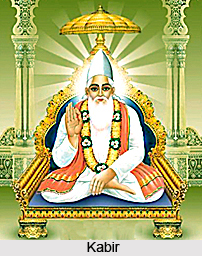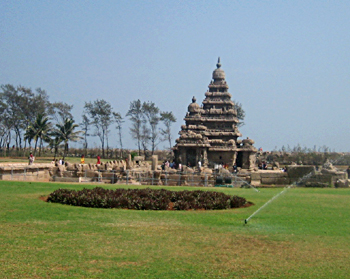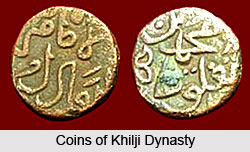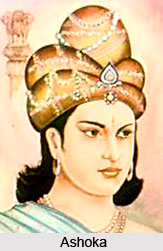Socio-political condition under Vijayanagar kingdom was quite troubled till the advent of the Nayakas. In fact the situation in which the Vijayanagar rulers took over administration of the state itself had already taken a bad turn. The establishment of the Vijayanagar Empire is traced back to the first half of the fourteenth century, but its rule extended to Tamil Nadu only towards the end of the fourteenth century, after Kumara Kampanna`s campaigns in Kanchipuram and Madurai. The Chola rule in Tamil Nadu ended in the latter half of the thirteenth century, and the period roughly extending from A.D. 1250 to 1400 brought considerable hardship to the people. They experienced the effects of war among and rule by various dynasties such as the Pandyas, the Hoysalas and the Kakatiya dynasty, and also the invading armies of the Delhi Sultanate from the north and the intrusion of Vijayanagar warriors into Tamil Nadu.
Conditions in the fifteenth century proved to be no less harsh and exploitative as evidenced by the heavy and arbitrary burden of taxes imposed by the invading warriors. There are plenty of historical records of the running away of cultivators and artisans during this period. The Orissan invasion of Tamil Nadu also took place in the fifteenth century, and an officer named Annamarasar had to be sent by the Vijayanagar king to save the people from the distressed conditions caused by the invasion.
There was yet another factor which led to additional burdens during the fourteenth and fifteenth centuries. This was the class struggle which assumed a new dimension in the thirteenth century. The confrontation was between two agrarian classes, landholders on the one hand, and tenants or landless cultivators on the other. The landlord villages became conspicuous after A.D. 1250 and created different class relations within the agrarian order. The poorer peasants, along with artisans and merchants, suffered under the oppression of the well-to-do peasants who became landlords. This confrontation was made even more acute by the extortionate demands of the Vijayanagar invaders during the fourteenth and fifteenth centuries. This is attested to by the open revolt of the Idangai people against the landlords (Kaniyalar) and Vijayanagar officers (Irajagarattar) during the first half of the fifteenth century in the South Arcot, Tiruchirapalli and Thanjavur districts.
It seems, however, that the growth of the Nayakas in the latter half of the fifteenth century had a stabilizing effect on society. For the three northern districts of Tamil Nadu, Chingleput, North Arcot and South Arcot, there are a good number of Vijayanagar inscriptions, and a smaller number for the middle and southern districts. The sixteenth-century inscriptions of these northern districts contain the names of various Nayakas, many of them appearing only once or twice, but others rather frequently. In North Arcot, Padaividu was the centre of the Vijayanagar Nayakas who came from Karnataka, and in South Arcot, Gingee is supposed to have been a centre for the Nayakas who later came to be known as Gingee Nayakas, although the Uchavadi or administrative centre for the South Arcot region was located in Valudilampattu in Cuddalore Taluk.


